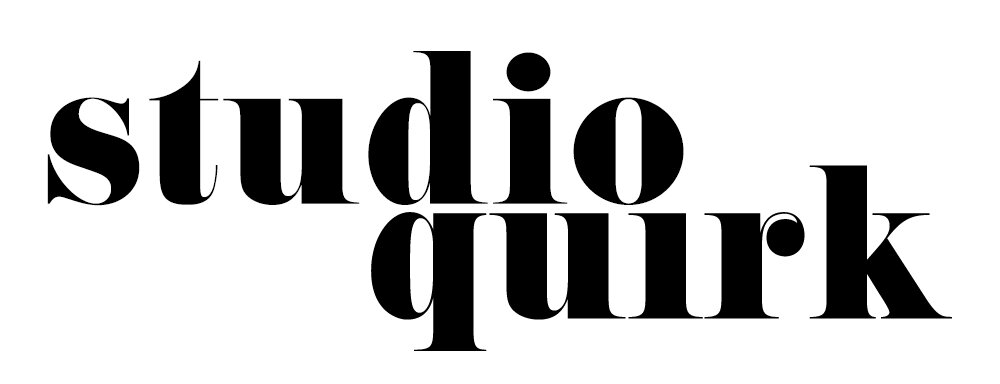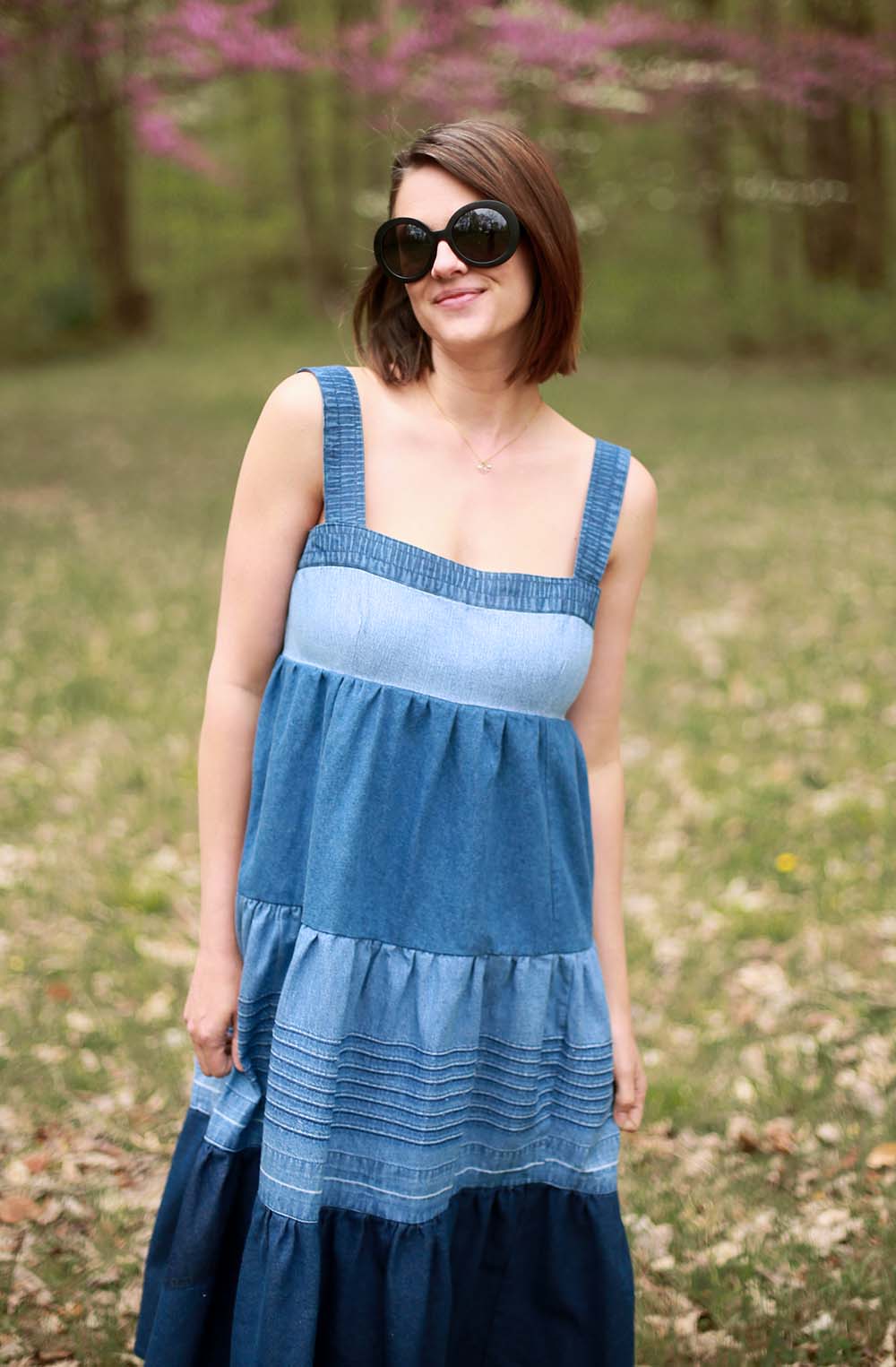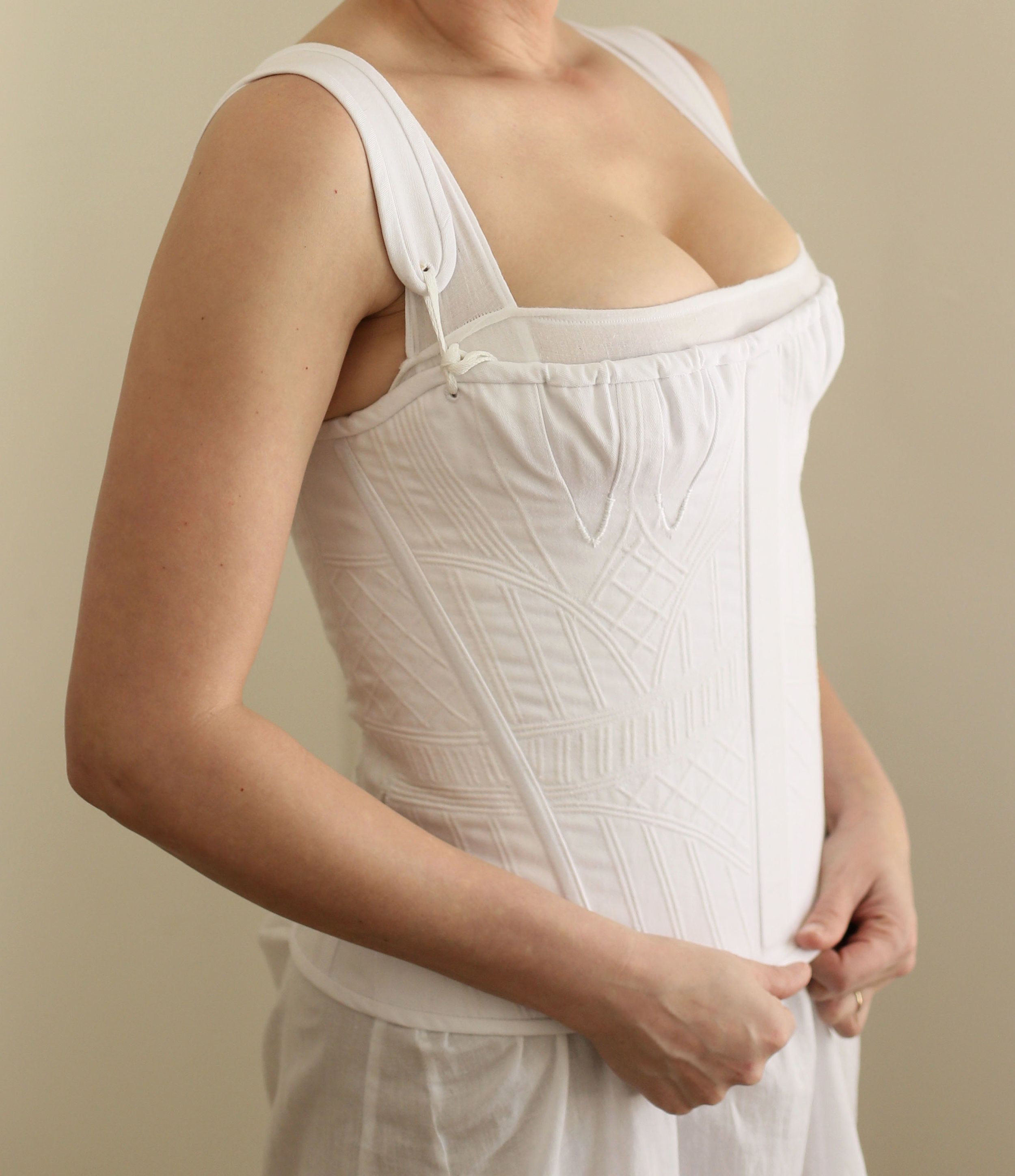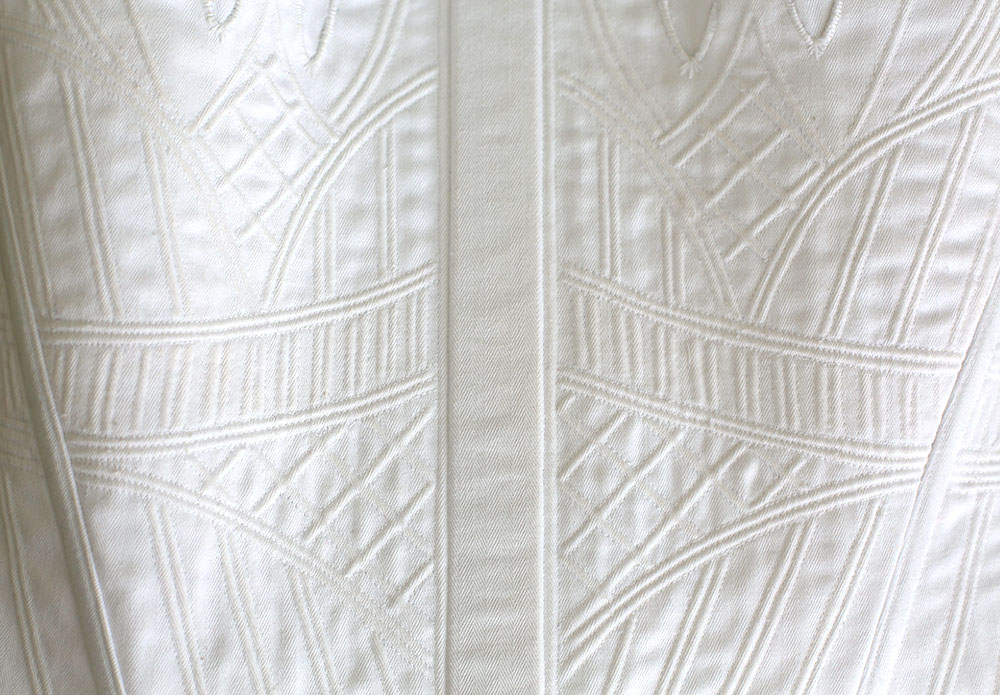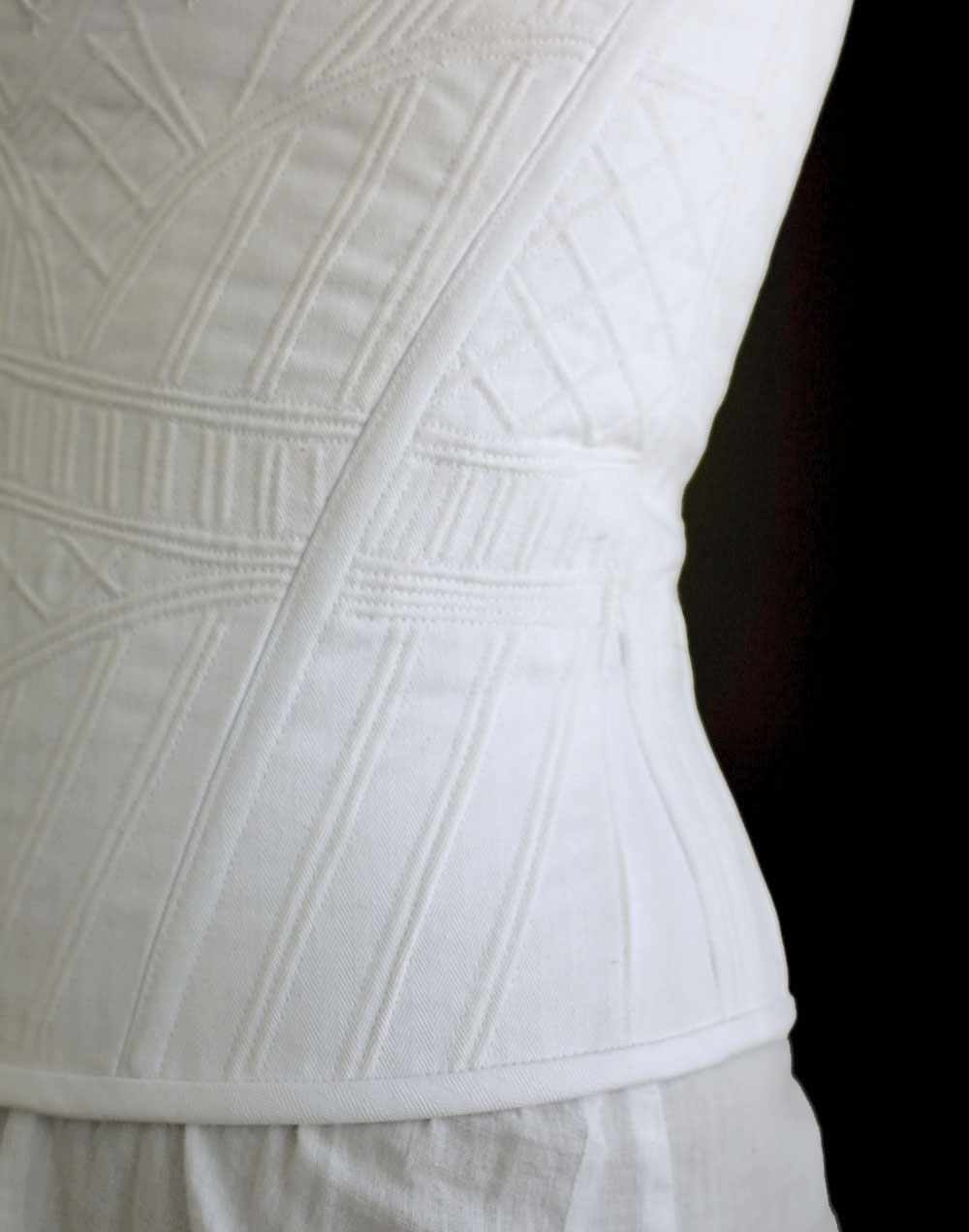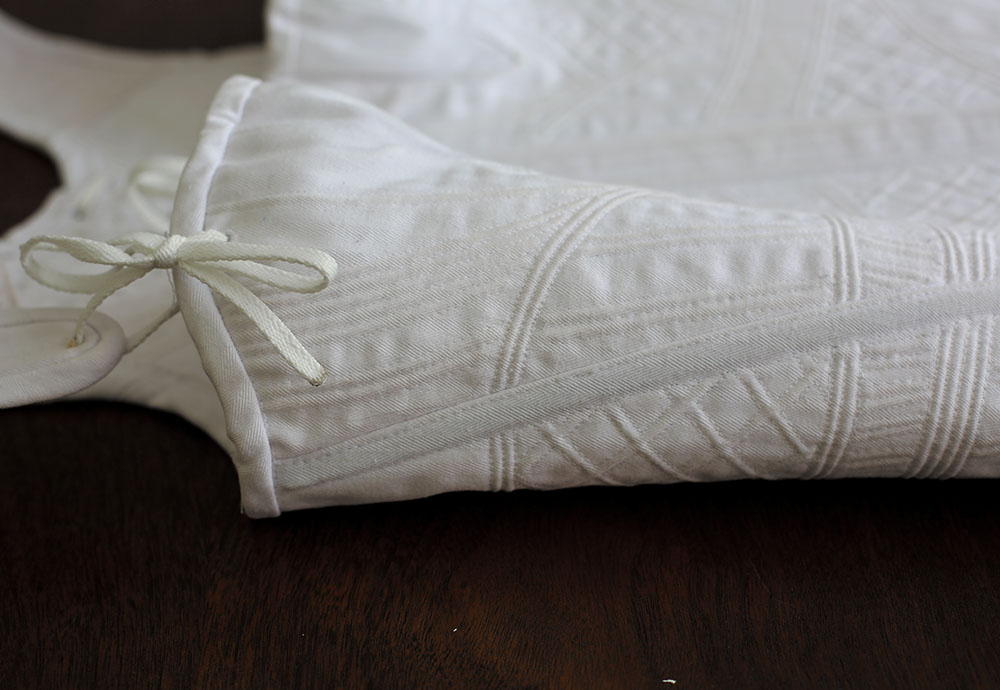Sewing FAQ
/New to the sewing game? Thinking of taking up an awesome hobby? It’s never too late to learn how to sew! I went out to my Instafam and asked what questions you may have, so read on for some of the more frequently asked questions I get related to sewing!
Where do I start?
Assuming you have access to a sewing machine, buy an inexpensive pattern (I recommend elastic waist pajama pants), the recommended fabric type and yardage, notions (thread, elastic) and set aside some time alone to read the pattern and then get started!
What a good way to move beyond straight seams without too much frustration?
Like the old saying goes - Practice Makes Perfect. And that might not be entirely true, because I’ve probably passed the 10,000 hour mark for sewing and I still make mistakes too! (My personal rule to avoid getting too frustrated is to stop when I’ve made two mistakes in a row).
You don’t have do actually make things to practice either. When I was in school we did sample books to learn different techniques - inserting zippers, fancy seams, darts, you name it. Precision and accuracy will come with repetition (and attention to detail!)
When there’s something I haven’t done in a while, like an automated button hole, I do practice runs! Even when I think I’ve got it, I do another, just to be sure for the real deal (and even so, I’ve had thread run out or break and had to tear out!)
What are some good beginner projects?
For your home, try making a throw pillow or a pillow case (which don’t really need patterns - just measurements and observation of similar items you already have).
If you’d like to sew for yourself, look for pajama pants (here’s my video tutorial!) or a full skirt with straight waistband. Look for patterns marked “easy” or “beginner”. Often they include extra explanations or details that newbies might need.
Select a basic cotton in a tight weave - I think muslin or quilters cotton is a good way to start experimenting and is generally not shifty or slippery - two fabric qualities that make sewing more difficult. Old sheets can make good practice fabric too - and there’s a lot of yardage!
Depending on the project - at any level of expertise - seamstresses will sometimes make a muslin mock up. It’s especially helpful for new silhouettes or techniques you’re unfamiliar with.
With more experience you can move to more fitted garments. If you’re the engineering or math savvy type, you can also venture into pattern alterations and adjustments, but that’s a huge post for another day (and there IS a lot of this kind of thing already online!)
Do I really need to pre-wash my fabric?
Always pre treat your fabric in the same manner you’ll use for future washing. For me, I do whatever I need to shrink it, which is usually a hot wash and dry. Then iron it flat, pin your (ironed!) pattern pieces down and cut out! Accuracy is so important, so go slowly, work at a comfortable height (I like a kitchen counter) and pay attention to pattern grainlines and markings).
Do classes help or should I just sew sew sew?
Yes and yes! Classes are great for hands on learning and some things are just easier to understand that way. I took classes in college as a part of my costuming degree and since then I’ve signed up for knitting lessons and a hat making workshop. I’d love to take classes for sewing knits or making bras.
All that said, time at your machine is the only way to perfect your technique!
Where do you find patterns?
Lately I’m really into indie pattern designers and companies, like Megan Nielsen Patterns (love the Dawn Jean), Papercut (Rite of Spring Short) and the Seamwork Hayden Tee. I want to try the Kelly Anorak from Closet Case Patterns too! But I also use patterns from McCalls, Simplicity, VOGUE and Butterick. Basically - I’m open to anything! I scan the pattern books at the fabric store and keep a running list and WAIT FOR SALES. I buy indie patterns at full price because I want to support these designers. I also sometimes use vintage patterns (and collect via thrifts and garage sales!)
How do I grow my skill set to more advanced sewing?
Start by picking more difficult projects! Chances are, you’re already capable!
Equipment and Tools
Machine
I’ve been sewing on a Janome DC2019 for nearly a year. It was a nice upgrade from my last machine (read more below) and I do feel it’s been helpful in taking my sewing to the next level. That said I have nearly thirty years of experience and for the first 20 used an Singer Featherweight. You can create great garments and projects on any machine, but as you start to invest in higher end models with sturdier components (metal vs plastic), you’ll encounter fewer issues (this is my experiences).
I also highly recommend the Brother HC1850, which is available at a really reasonable $190. I’ve used mine for years and it was such an improvement over my previous machine (which was a Christmas gift when I was relatively new to sewing. Machine prices can range from under a hundred bucks to thousands. I certainly don’t recommend a huge investment if you’re not sure if you enjoy sewing, but if you’ve already spent some time using an entry priced machine and want my two cents, this one is for you. (And speaking of two cents, if you do take my recommendation and buy through this affiliate link, I get a very small kickback).
If $200 is out of budget, my next suggestion is to visit a sewing repair shop and let them know you’d like to buy the best quality used machine at whatever your price point is. The folks that work in these stores are experts and can steer you in the right direction. In my opinion, you really only need front stitch, backstitch and a zig zag. Bonus points for an automatic buttonhole function, but I believe a sturdy machine is more important. The bells and whistles (my machine has over 100 stitches) are great, but truthfully, I use those main four stitches 99% of the time.
Lastly, I don’t use a serger/overlock machine and neaten my edges either through some self contained treatment (flat felled or French seams) or through a combo of straight line and zigzagged edges. Maybe one day if I get into sewing knits (which is something I’d like to learn!)
Iron
Pressing during construction is just as important as sewing in a straight line. Omitting the pressing steps is a recipe for mistakes and sloppy sewing. What iron you use is up to you, but a good steam and multiple heat settings are necessary.
Pressing Hams
The human body isn’t flat and sewing to fit your body will mean pressing curves - whether its darts, princess seams or the slope of your hips. A tailor’s pressing ham will help you get those seams nice and smooth. (They also come in longer cylindrical shapes for sleeve seams. I have both!)
Sewing Kit
Whether you sew by hand or use a machine, the bare basics are as follows, including the brand I recommend where applicable:
Regular Scissors (for paper - never cut paper with your good scissors!)
Straight Pins
Hand Sewing Needles in Variety Pack
Pin Cushion
Tape Measure
Seam Gage
Tackle Box
Machine Case
You might also want:
Replacement Universal Needles (for sewing machine)
Specialty Sewing Needles (for Denim or Knit)
Replacement Bobbins (specific to your machine)
Embroidery scissors or small snips
Thimble
Water Soluble Marking Pen
Recommended Reading
I swear by the Reader’s Digest Complete Guide to Sewing, which I’ve been using since it was a required textbook in my college courses. There’s no shame in refreshing your memory on a technique. And you don’t need the most recent edition! I actually collect sewing manuals from garage sales and thrift stores and it’s all good advice (some date back to the 1920s!) There’s also Google (but sometime’s that’s a rabbit hole best avoided when you want to get a project done in a timely manner)
Speaking of indie designers and sewing bloggers, the #memade tag on instagram is a good way to find home sewers and pattern companies. Just click around!
Personal Sewing
At what age did you start sewing?
I started with hand sewing and quilting in the 3rd or 4th grade (so around age 9 or 10?) and did my first machine project a year or so later (I cut up a Vera Bradley dress to make into a mini version of their popular handbag). My mom made a lot of my clothing - especially special dresses - throughout my entire childhood. As I got into middle and high school, she and I would play designer by picking fabrics and silhouettes and she’d do the sewing. I made some things like skirts, but my mom put in the zippers for me (to this day I don’t enjoy zippers and usually put them in by hand!)
In college I studied Apparel Merchandising for my Batchelor’s Degree and did an additional Associate’s Degree in Costume Construction Technology from Indiana University - Bloomington, which is where I learned flat pattern drafting, oodles of specialized sewing skills, intro to corsetry, millinery and glove making as well as beginning my fashion illustration skills. In the nearly 15 years since I’ve improve by leaps and bounds, and I attribute it to practice and anxiety medication (seriously)… now sewing is so zen for me. I absolutely love it!
You can see some of my makes here, here and here (I need to organize my tags!) And here are my historical costumes!
How do you sew with kids?
Screen time or outside childcare/school.
Will you make me something? I’ll pay you!
I’ll take the compliment! I’m not taking commissions at this time (unless you’ve got an offer I can’t refuse, then email me!)
I know I’m just skimming the surface here, but please let me know via comments if I can elaborate on any particular topic. I know some of you are looking for some pretty specific pattern recommendations and my best advice there is to google search your descriptors and follow other sewing bloggers (again, instagram is an awesome way to find them!) If you make anything, please share with me! I’d love to see!
